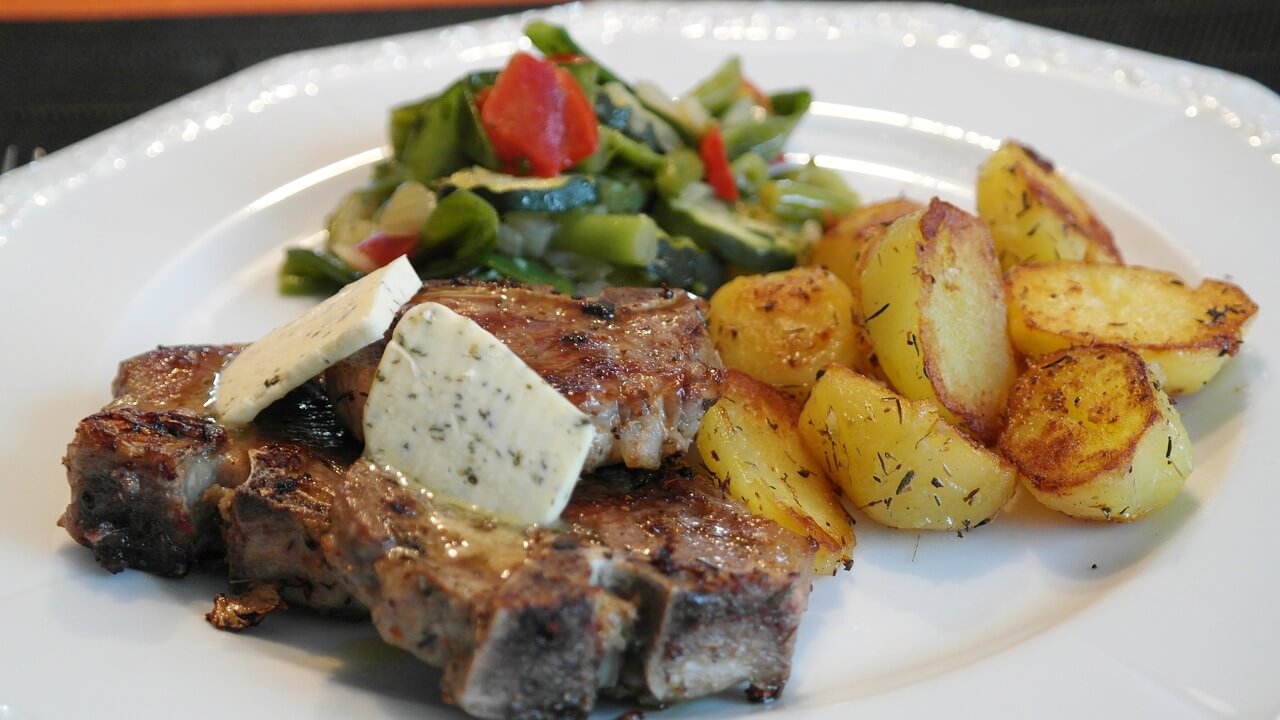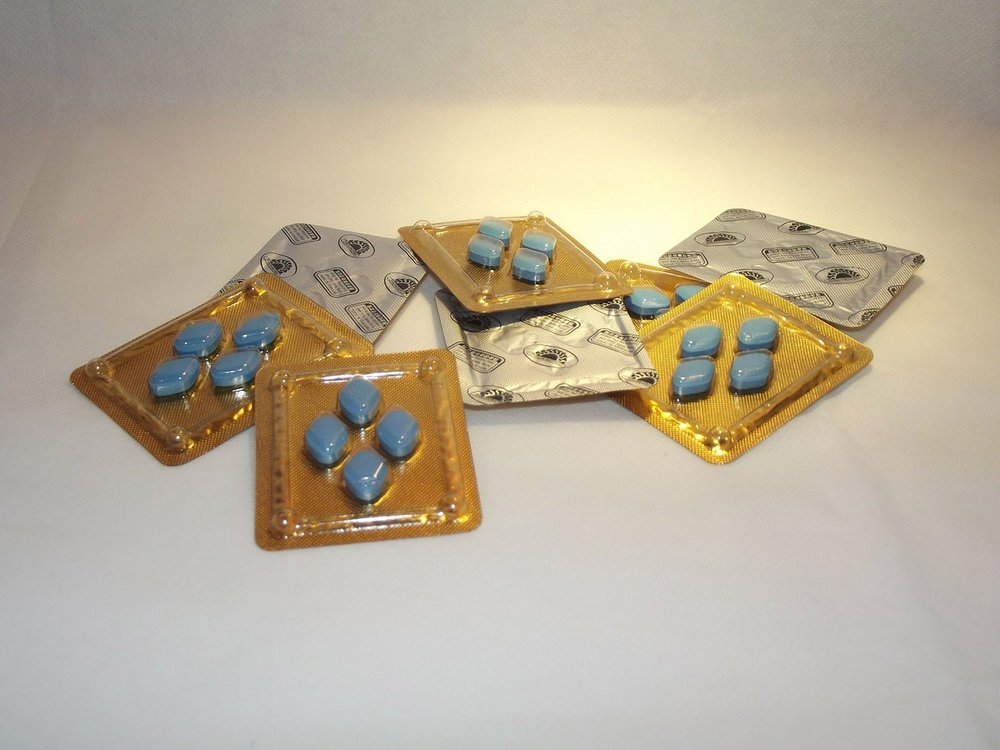Researchers from Cambridge have a new tool in the fight against cancer. Virtual reality (VR) simulation which can show detailed maps of the cells in a tumor. This way structure can be explored and analyzed from an entirely new perspective. Researchers hope their 3D models of cancer could lead to unexpected breakthroughs.
Doctors at the Cancer Research UK Cambridge Institute (CRUK) have built the new “virtual” laboratory and took scans of breast cancer tissues. Sample, taken from a patient, can be studied in detail from all angles, with each individual cell mapped. They’ve never been able to do this before.
Because that data is stored in a simulation, doctors around the world can explore and study cancer without having to prepare their own samples. Researchers say it will make tumor research much more user-friendly and increase our understanding of the cancer.
“No-one has examined the geography of a tumor in this level of detail before; it is a new way of looking at cancer,” prof Greg Hannon, director of CRUK, said for BBC.
The “a virtual tumor” project is part of an international research scheme, CRUK’s Grand Challenge Awards. Last year, the Cambridge scientists and peers from around the world, who helped develop the virtual lab, won two separate 25 million pound grants.
Now, they have a functional 3D simulation built up from detailed scans of a cubic millimeter-sized sample of breast cancer tissue. It contains around 100,000 cells, marked to highlight its molecular and genetic characteristics. Researchers can see which cells are cancerous, which have certain genetic variations, and how developed the tumor was at the time of the biopsy.
Within a virtual laboratory, the cancer is represented by a multi-colored mass of bubbles and tissue sample can be magnified to appear several meters across. The VR system even allows to ”move through” the cells.
Prof Hannon gave VR headsets to reporters and rotated the tumor model. He pointed to a group of cells that were flying off from the main group:
“Here you can see some tumor cells which have escaped from the duct. This may be the point at which cancer spread to surrounding tissue – and became really dangerous – examining the tumor in 3D allows us to capture this moment.”
Prof Karen Vousden, CRUK’s chief scientist, thinks scientists will immerse themselves in their work as they look for new cancer treatments. She runs a lab at the Francis Crick Institute in London which examines how specific genes help protect us from cancer, and what happens when they go wrong.
“Understanding how cancer cells interact with each other and with healthy tissue is critical if we are going to develop new therapies,” said Vousden. “Looking at tumors using this new system is so much more dynamic than the static 2D versions we are used to.”
Although it could take some time to find new ways to treat or prevent breast cancer, this technology will definitely open the door to more collaborative diagnosis and patient care among teams.
Learn about virtual tumor project in the video below:
By Andreja Gregoric, MSc











